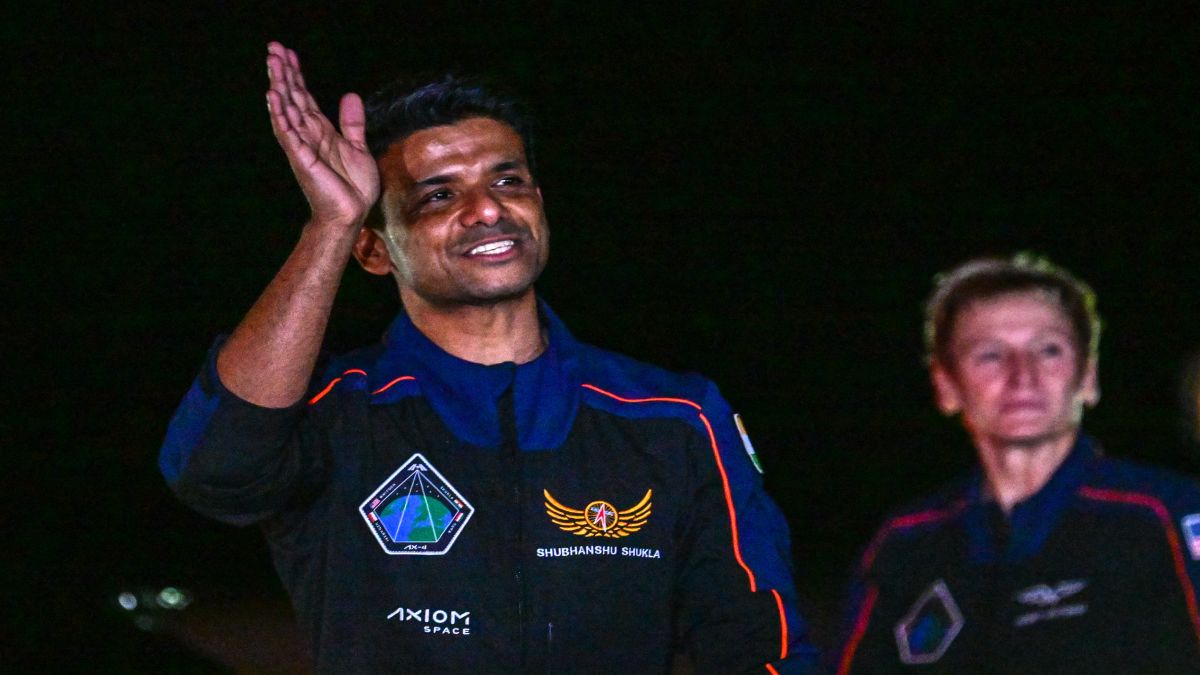More than 24 hours after Falcon 9 rocket launched the Crew Dragon capsule of Axiom 4 mission into space, the capsule docked at the International Space Station (ISS) at shortly after 4 pm India time on Thursday. Group Captain Shubhanshu Shukla became the first Indian to go to the ISS.
Shukla is only the second Indian to go to space after Wing Commander Rakesh Sharma went to space aboard a Soviet spacecraft in 1984.
The four-person crew, comprising pilot Shukla, mission commander Peggy Whitson of the United States, and mission specialists: Sławosz Uznański-Wiśniewski of Poland, and Tibor Kapu of Hungary, will stay at the ISS for two weeks.
Docking in space is a complicated, multi-step process that takes hours. From initiation to completion, it took around two hours for Crew Dragon to launch.
Here’s how space docking works
The first step in docking after launch into space is to carry out a series of manoeuvres to match the ISS’ altitude and velocity.
Once the spacecraft reaches within a few hundred metres of the ISS, it switches to precision navigation using Light Detection and Ranging (Lidar) and cameras to align with the ISS. In spacecraft like Dragon 2, automatic docking takes place using spacecraft’s computers and sensors.
In the first part of the docking, the docking ring on the spacecraft connects with the ISS’ port and latches secure the connection. Once pressure seal is verified, electronic and data connections have been established, and safety checks have been carried out, the hatch is opened and astronauts enter the ISS.
Impact Shorts
More ShortsScience at the ISS
Shukla and his fellow astronaut will conduct more 60 scientific experiments and demonstrations developed by scientists and researchers from over 30 countries.
Shukla will conduct seven experiments designed by hundreds of Indian scientists and researchers — see below the experiments’ list released by the Indian Space Research Organisation (Isro).
Most of the experiments by Shukla and fellow astronauts are intended to understand the effect of space’s microgravity on humans and other living organisms. The idea behind them is to understand how space interacts with life. Herein lies the real importance of the Axios 4 mission: Unlike the ‘space race’ of the last century where the main objective was to be the first to plant your flag in the space, missions like Axiom 4 are scientific and exploratory that are paving a path for sustained human presence in space, advancing space sciences, and humans’ journey into deep space beyond the Moon.
)